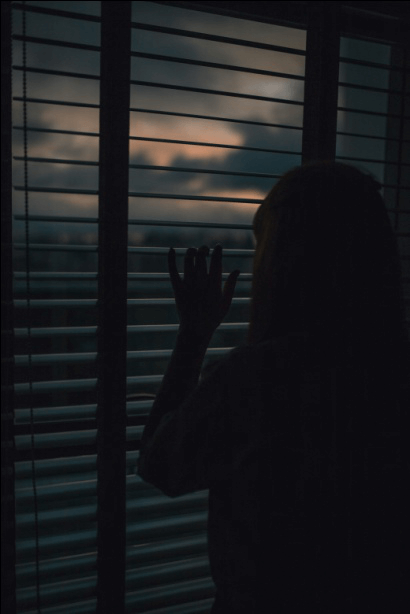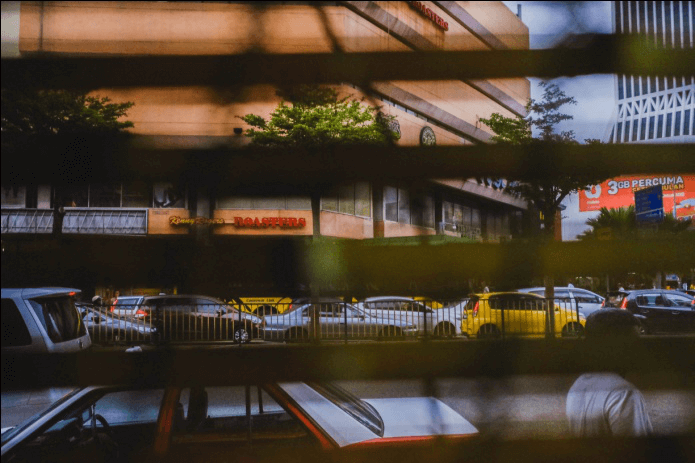Key Takeways:
-
Jalousie windows feature horizontal slats of glass, aluminum, plastic, or wood, adjustable for airflow and sunlight.
-
Invented by Joseph W. Walker in 1901, jalousie windows gained U.S. popularity from the 1940s to 1960s.
-
Popular in warm climates, they declined after the 1970s energy crises and rise of residential air conditioning.
-
Modern jalousie windows offer airtight seals, improved security, and energy efficiency while maintaining vintage design appeal.
The word “jalousie” originated from the French word for jealousy. It refers to the notion of spying through the slats of the jalousie window. Louvered window is a common British English term used for the jalousie window, and is also commonly used in countries like Australia and New Zealand.
A jalousie window comprises of horizontal slats that can be opened at different angles to allow the free flow of sunlight and airflow.
These slats are commonly made of materials like glass, aluminum, plastic, or wood. Jalousie windows are commonly used in warmer climates.
But what is the history of this unique type of window? Here’s what you need to know:
Early use
New Englander Joseph W. Walker of Malden, Massachusetts came up with the idea of the jalousie window, and it was patented on November 26, 1901. Despite the approval of the patent, the notion of this window didn’t become popular until the middle of the 19th century.
These windows were typically found inside homes that didn’t face harsh winter climates. In colder weather, they were used on enclosed porches.
Jalousie windows were seen as a new innovation at a time in America when the country was looking to industrialize and enhance its economic potential.
The unique design of the jalousie windows combined with its ability to allow ventilation in homes encouraged people to purchase them.
From the late 1940s to the 1960s, mid-century and older homes purchased a great bulk of these windows and their sales increased significantly. However, the energy crises of the 1970s brought about their decline at the time.
Jalousie windows today
Just like other windows, jalousie windows have also faced advancement in their design and efficiency, and modern jalousie windows even provide optimal security.
In modern times, these windows are seen as fashionable and are used extensively for domestic and commercial purposes.
They are considered as a valuable design element and an effective source of sunlight and natural ventilation. This consequently helps to decrease electricity costs.
Many jalousie windows today also come with airtight seals that prevent water and insects from entering homes, and help in maintaining temperature.
Note that it’s essential to consider the climate and open space available before installing new jalousie windows in your home.
Why Jalousies?
-
Comparable to Venetian Blinds
-
The appearance of jalousie windows resembles Venetian blinds, with parallel slats that can be adjusted for airflow and sunlight.
-
-
Also Known as Louver Windows
-
In many regions of the world, jalousie windows are referred to as louver windows.
-
-
Common in Coastal U.S. Homes
-
These windows are often found in coastal areas of the United States where warmer climates make ventilation an important design consideration.
-
They are less prevalent in other parts of the country.
-
-
Replacement Options
-
If you already have jalousie windows in your home, local businesses may provide replacement options for worn or damaged units.
-
-
Challenges in Modern Use
-
Homeowners and builders who want to incorporate this style into new designs may face difficulty finding modern versions of jalousie windows.
-
-
Further Information
-
Following this section, you’ll find additional suggestions and insights to expand your knowledge about jalousie windows.
-
Additional Information About Jalousie Windows
The term “jealousy” comes from the French word “jalousie,” which also means “to shield anything from view.” Jalousie windows receive their name from this French word.
These windows would have parallel slats or panes that could open as the slats on Venetian blinds do. While they were in the open position, they would provide a possible airflow.
Throughout the 1940s, these windows rose to prominence, particularly in hotter regions of the South, where the ability to let in the fresh air was seen as a desirable attribute.
Yet by the late 1960s, when residential air conditioning was becoming more common, jalousie windows were already outmoded and inefficient.
Jalousie windows are seldom used in newly constructed houses in this day and age. Yet you may be able to find them in older homes in the southern portions of the United States, as well as in greenhouses, trailers, and recreational vehicles.
How Can a Jalousie Window Be Prepared for the Winter?
Before winter, it is essential to take measures to seal any air leaks that may exist in an older house with jalousie windows.
Adding vinyl strips to the slats is one of the most effective methods to block water from leaking through. You can find a selection of vinyl slat kit options on Amazon.
The vinyl will arrive in a lengthy roll, which must then be cut to the desired dimensions. The window will have a considerably more secure seal after the installation of the vinyl stripping.
In addition, you may install thermal curtains and cover the window with a piece of plastic.
If you’re curious about the best way to keep them looking and working their best, this complete guide to cleaning jalousie windows offers some handy tips.
Thoughts on History
During the 1940s through the 1960s, the jalousie window was at the height of its popularity. After that, when air conditioning became widespread, it fell out of favor because of its low efficiency in terms of energy use.
Recently, many window manufacturers have completely halted production of this specific kind of window.
If you consider installing jalousie windows in your house, you may want to rethink that decision first. These windows are known for letting in outside air and providing inadequate security. Although they have a vintage feel, they are not practical for most households.
Final Words
If you’re looking to enhance your home’s beauty with jalousie windows, head over to ORIDOW! We are based in China and supply quality jalousie windows, along with an extensive range of UPVC and aluminum windows and doors.
Our customer service team will extend their expertise to you and help you choose the best new windows or doors for your home! Contact us now!
FAQs
1. What is a jalousie window?
-
A jalousie window is made of horizontal slats, similar to Venetian blinds.
-
The slats can be opened at different angles for airflow and sunlight.
-
They are often made of glass, aluminum, wood, or plastic.
2. Why are they called jalousie windows?
-
The word jalousie comes from the French word for “jealousy.”
-
It refers to the idea of spying through the slats.
-
They are also called louvered windows in British English, Australia, and New Zealand.
3. Who invented the jalousie window?
-
Invented by Joseph W. Walker of Malden, Massachusetts.
-
Patented on November 26, 1901.
-
Became popular much later, especially in the mid-20th century.
4. When were jalousie windows most popular?
-
Gained popularity between the 1940s and 1960s.
-
Common in warmer climates where ventilation was needed.
-
Declined in the 1970s during the energy crisis.
5. Where are jalousie windows commonly used?
-
Warmer climates in the southern United States.
-
Coastal homes, porches, and sunrooms.
-
Still found in greenhouses, trailers, and RVs.
6. Are jalousie windows energy efficient?
-
Generally not energy efficient compared to modern windows.
-
Known to let in outside air, increasing heating and cooling costs.
-
Modern versions now include airtight seals for better insulation.
7. How can you winterize jalousie windows?
-
Add vinyl strips to block air leaks.
-
Use thermal curtains for insulation.
-
Cover windows with plastic sheeting for extra protection.
8. What are the pros of jalousie windows?
-
Provide excellent ventilation.
-
Allow natural light into homes.
-
Add a vintage or stylish design element.
9. What are the cons of jalousie windows?
-
Low energy efficiency.
-
Offer poor security compared to modern windows.
-
Less common in new homes, harder to replace.
10. Are jalousie windows still available today?
-
Yes, modern versions exist with improved features.
-
They are used in stylish renovations and commercial projects.
-
Companies (like ORIDOW) manufacture UPVC and aluminum jalousie windows.






